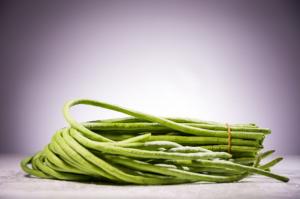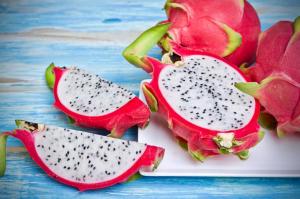What Causes Tomato Plant Leaves to Roll Up
Tomatoes are one of the most popular edible plants grown in gardens all over the world. However, as a gardener, you might have noticed that sometimes the leaves of your tomato plants curl up or roll up. There are several reasons why this might happen, and in this article, we explore some of the most common causes.
Watering
One of the most common reasons why tomato plant leaves roll up is watering. When tomato plants are overwatered, the roots absorb more water than the plant can use, leading to waterlogged soil. This excess water causes the roots to suffocate, resulting in curled leaves. On the other hand, when tomato plants are underwatered, they curl up their leaves to conserve water, causing the leaves to become rigid and brittle.
Temperature and Humidity
Tomato plants thrive in warm weather conditions, between 75°F to 85°F, and when the weather is too hot, the leaves can curl up to reduce the surface area in contact with the sun's rays. High levels of humidity, especially when combined with high temperatures, can also cause tomato plant leaves to curl. The humidity in the air makes it difficult for the plant to transpire, leading to excess water in the leaves and curled leaves.
Pests and Diseases
Tomato plants are susceptible to pests and diseases, and when they are affected, the leaves often curl up. For instance, when spider mites infest tomato plants, they suck sap from the leaves, causing yellow spots and curled leaves. Whiteflies, aphids, and thrips are other common pests that cause tomato plant leaves to curl up. Diseases such as tomato mosaic virus, tomato yellow leaf curl virus, and tomato irregular ripening also cause the leaves to curl up, wilt, and turn yellow.
Nutrient Deficiency
Tomato plants need a combination of nutrients such as nitrogen, phosphorus, potassium, magnesium, and calcium to grow well. Insufficient amounts of any of these nutrients can cause the plant to curl its leaves as a way of conserving nutrients. For example, if your tomato plant lacks magnesium, which is responsible for chlorophyll production, the leaves may become yellow and curl up. Too much nitrogen, or an imbalance of nutrients, can also cause the leaves to roll up.
Conclusion
In summary, several factors can cause tomato plant leaves to curl up. Some of the common causes include improper watering, temperature and humidity fluctuations, pests and diseases, and nutrient deficiencies. To prevent your tomato plant leaves from curling, ensure that you water your plants correctly, maintain optimal temperature and humidity levels, use pest control measures, and provide your plants with adequate nutrients. By doing so, you'll have healthy tomato plants with beautiful, green leaves.

 how many times do yo...
how many times do yo... how many planted tre...
how many planted tre... how many pine trees ...
how many pine trees ... how many pecan trees...
how many pecan trees... how many plants comp...
how many plants comp... how many plants can ...
how many plants can ... how many plants and ...
how many plants and ... how many pepper plan...
how many pepper plan...































